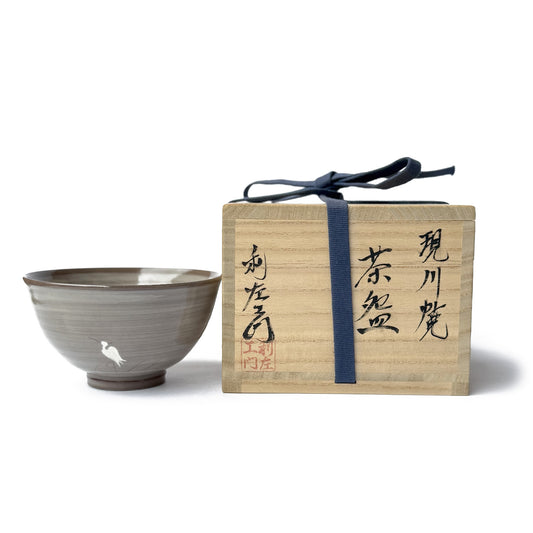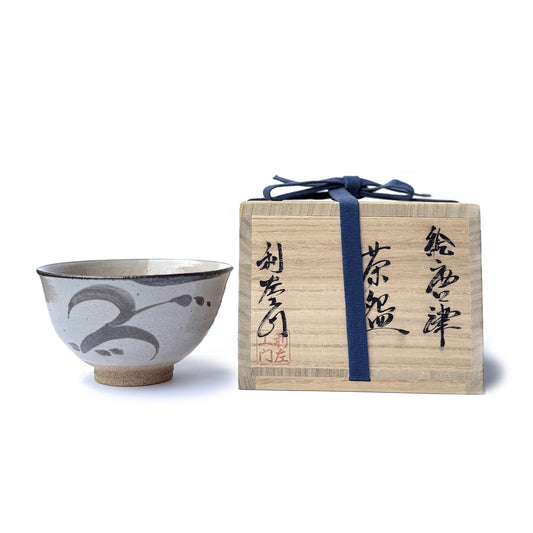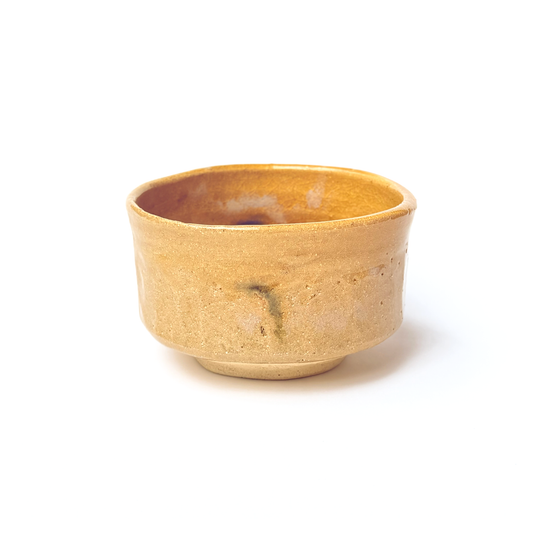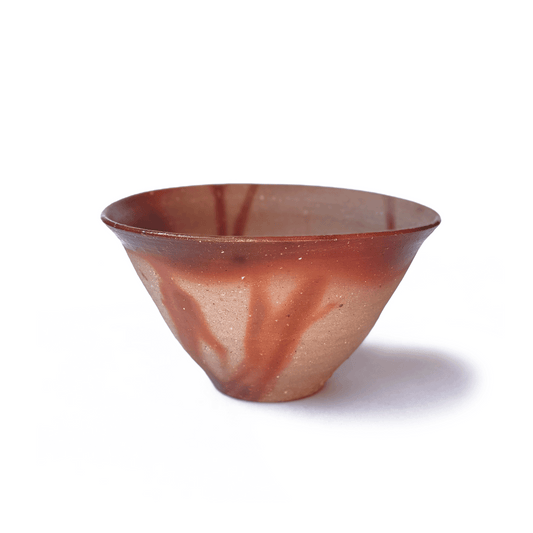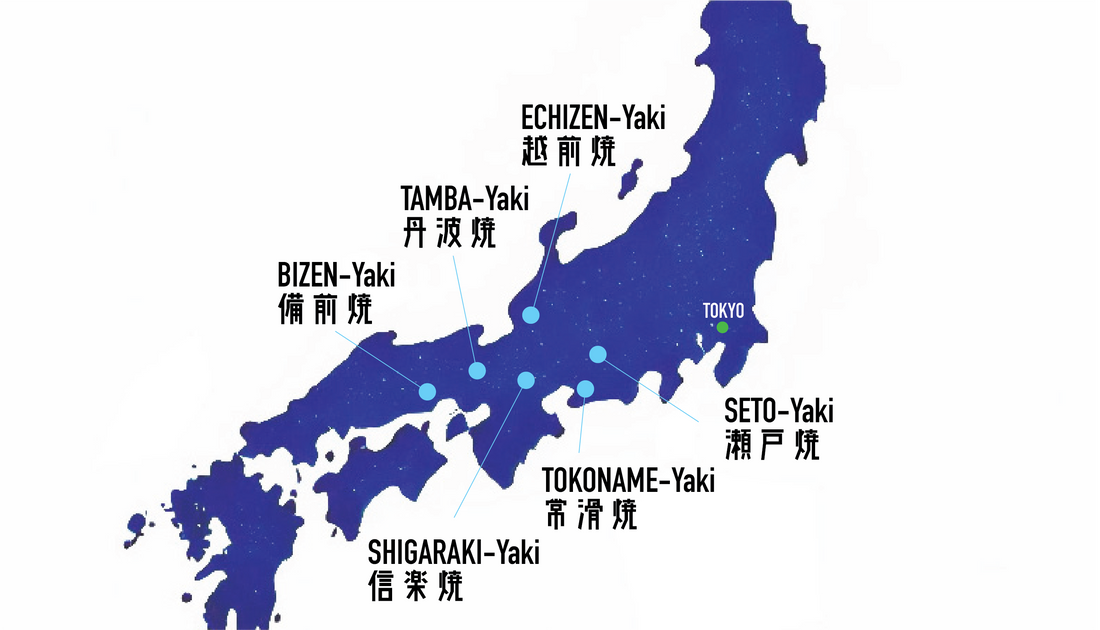
What Are the 6 Ancient Kilns (六古窯 Rokkoyō)?
Share
Discover Japan's 6 Ancient Kilns: History, Pottery Styles & Authentic Teaware
These 6 pottery-producing regions represent a continuous craftsmanship tradition stretching from medieval times to today, offering authentic Japanese teaware rooted in centuries of expertise. Renowned for their unique regional pottery styles and profound cultural importance, the Rokkoyō remain foundational in the world of Japanese ceramics and tea culture.
Coined by the ceramic scholar Fujio Koyama in 1948, the Six Ancient Kilns are:
- Bizen in Okayama Prefecture
- Echizen in Fukui Prefecture
- Seto in Aichi Prefecture
- Tokoname in Aichi Prefecture
- Tamba (also called Tachikui) in Hyōgo Prefecture
- Shigaraki in Shiga Prefecture
These kilns were formally designated as Japan Heritage sites in 2017, underscoring their cultural importance.
>> Shop Our Handmade Matcha Chawan Collection
Distinctive Features of Each Kiln
Here are what makes each one special, it is especially relevant if you're curating your teaware collection:
| Kiln | Clay & Glaze | Aesthetic | Forms & Uses |
|---|---|---|---|
|
Bizen 備前 |
Dense, iron-rich clay; no glaze; natural ash effects & earthy tones | Long wood-fired; rugged texture; natural colour variations; no applied glaze | Tea bowls & cups; pieces where unglazed surfaces and raw clay tone are celebrated |
|
Echizen 越前 |
Clay that tolerates high firing; heavy and durable ware | Often utilitarian forms; natural ash or grayish finishes; strong, everyday pieces | Storage jars, large vessels; teaware made to last and stand up to daily use |
|
Seto 瀬戸 |
Varied clays; one of the first areas to incorporate glaze work; glazed ceramics dominate |
Wide variety of glazes, including celadon, white, green & black; iron & ash; elegant and refined shapes | Tea bowls & teapots with glaze detail, mixed-glazed tableware |
|
Tokoname常滑 |
Red & black clay; higher iron content; smooth and durable surfaces |
Local clay responds well in both wood and gas based firing; yakishime (unglazed) forms is common | Famous for teapots (traditional kyusu), utilitarian vessels |
|
Tamba 丹波 |
Local clay, variable texture; often natural ash glazes; sometimes grey or earth‐tone surfaces |
Rustic aesthetic, sometimes rough or unrefined surface textures; often fired in traditional climbing or wood kilns | Tea bowls & cups, vessels that celebrate natural texture; folk pottery as well |
|
Shigaraki
|
Clay rich in coarse inclusions (small stones, quartz), sandy texture; natural orange-to-earth tones | Wood/oxidation firing; texture from ash, flame, mineral effects; often rougher finish but with subtle glazes or ash “drips” | Tea bowls, decorative wares, pieces where the feel of clay and irregularity is part of the beauty |
>> Shop Our Handmade Teapot Collection
Why the Six Ancient Kilns Still Matter Today
- Continuity & Cultural Memory: These kilns have been active for over 800-1,000 years, adapting through political, social, and technological change while preserving core techniques
- Uniqueness of Place: Each region’s soil, climate, clay, and fuel (wood / ash / kiln type) create distinct results that cannot be replicated elsewhere
- Role in Tea Culture: Many tea ceremony bowls, utensils, and vessels come from these kilns. Their aesthetic (wabi-sabi, naturalness, simplicity) aligns deeply with the Japanese tea ceremony philosophy. Shigaraki and Bizen, in particular, were favourites in tea-craft because of their rustic beauty
- Living Craft: These are not relics—they are working centers, active workshops, artisan families still producing pottery with traditional methods. That means when you choose a piece from these kilns, you are supporting craftsmanship, heritage, and mindful creation
What to Look For When Buying Something from These Kilns
If you’re shopping teawares or bowls and want genuine pieces from these kilns, here are signs of authenticity and craftsmanship:
- Clay texture & weight: Is it thick, coarse & sandy? Or smooth and refined?
- Glaze or lack thereof: Unglazed, ash-glazed, natural flame effects, minimal glaze - these are all traditional traits depending on the kiln
- Firing effects: Flame drips, ash deposits, natural variation in colour & surface; not perfectly uniform is not a flaw, it’s what makes it unique
- Maker marks / provenance: Artisans, signatures, small details like shape, finishing touches & foot ring (Kodai 高台)
- Feel & function: How it sits in your hand, how it handles heat, how the lip shape, how it cleans (For tea bowls especially)

